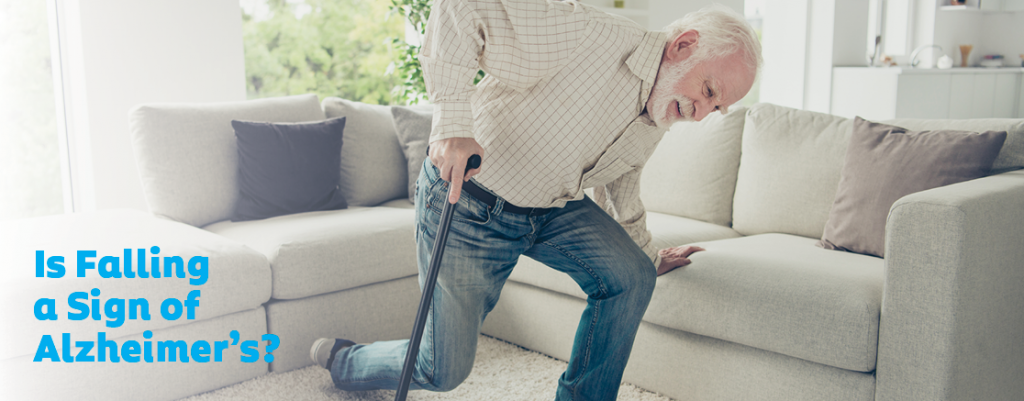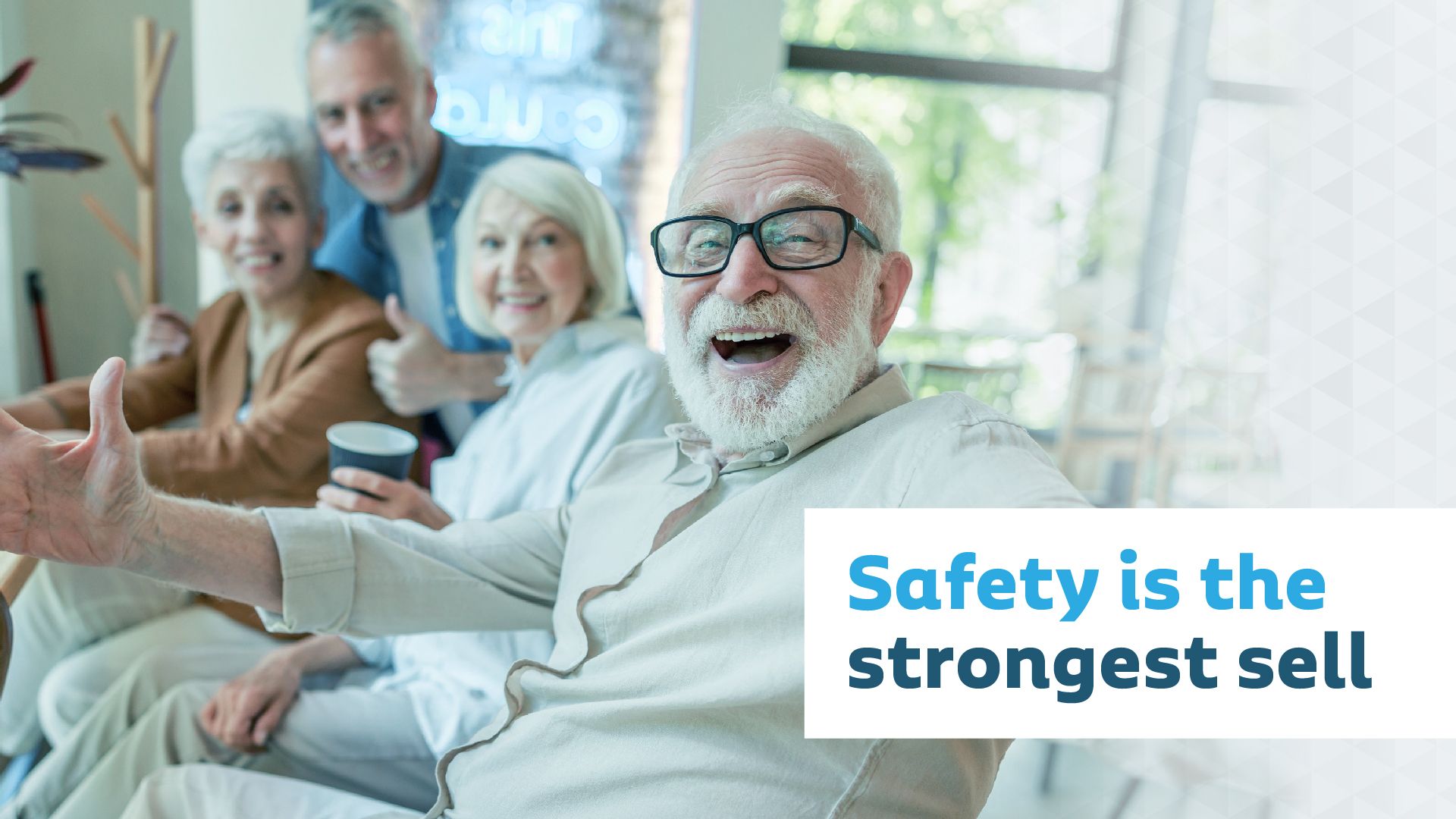Main Menu
Posted by Vayyar
February 23, 2021Dementia and Falling: How Fall Detection Can Support Diagnosis

Fall detection remains one of the most critical issues in senior care. In addition to the vital importance of preventing long lies and identifying hidden falls, senior living operators are increasingly aware of the link between dementia and falling.
To promote optimal resident health outcomes, operators need to ensure that no fall goes unnoticed.
There’s also a key business imperative for assisted living communities: ensuring maximum length of stay. Failure to diagnose dementia can lead to rapid deterioration and transition to a memory care facility. Early diagnosis and effective treatment, on the other hand, can provide better care to match the resident’s needs and delay the move.
Why is falling a possible sign of Alzheimer’s?
As we age, the risk of falling naturally increases. Balance becomes impaired due to factors such as vision and hearing issues, the side-effects of medication and arthritis.
Meanwhile, a growing body of evidence explains how dementia and falling are connected: seniors with Alzheimer’s-associated plaque in their brains suffer twice as many falls as those who do not. This heightened risk is due to problems with spatial perception and to disorientation as a result of failing memory.
The challenge of detecting hidden falls
The issue of hidden falls is familiar to all senior care operators. Even a relatively minor incident can be a precursor of a much more serious fall.
Many seniors fail to tell their caregivers or families about both symptoms of dementia and falling, making it all but impossible to get an accurate picture of a resident’s behavior and symptoms. Even with fall prevention strategies in place, falls can still occur and caregivers and loved ones need to know what is happening before it’s too late.
As one leading physician points out, “If [seniors] fall and don’t have a serious injury, they don’t want to bother their kids or loved ones.”
She also suggests that seniors don’t want falls to result in them losing their independence. This phenomenon can be even more significant when residents are anxious that falling is a sign of Alzheimer’s.
Dementia is the most feared health condition among over-50s, dwarfing anxiety over cancer and stroke. If an older adult is aware that the fall they’ve suffered occurred during a “senior moment,” they’re even more likely to hide it from the people who need to know. Other residents may simply forget to report minor falls.
Even when residents are equipped with fall alert devices such as pull cords, buttons or wearables, if they’re unwilling to use them then community staff are unable to arrange evaluations of their cognitive function.
In other words, what staff don’t know may very well hurt the resident in the long term.
The role of remote monitoring
Overcoming the challenge of seniors’ widespread reluctance to report falls demands a new technological approach which requires no user action or input. Passive fall detection also ensures that incidents are flagged up if residents simply forget to report them.
One such solution is Vayyar Care, a completely touchless sensor which uses radio waves to monitor residents’ rooms around the clock. Because no cameras or optics are involved, user privacy is maintained at all times.
If there’s a fall, caregivers are alerted automatically, enabling rapid response and immediate assistance. It also ensures that staff are aware of even minor falls that could indicate the beginning of cognitive decline.
Operators can also use their existing systems to analyze rich data on activity such as bed exits, room exits and bathroom visits, generating actionable insights. This enables them to identify behavioral changes that could stem from cognitive deterioration. For example, nighttime wandering – or sundowning – can be another early indicator of dementia.
As senior living operators explore new ways to protect their residents and their bottom lines, seeing fall detection as part of the diagnostic picture as well as a core duty of care could prove to be the next step in the monitored wellbeing space.
Learn how Vayyar Care keeps communities safer with rich data that enables rapid response to falls and enhanced resident wellbeing.
The Post URL was successfully copied to your clipboard
Read more on #elderly care

08 October 2024
Recruit, reinforce, and retain should be the mantra of any hiring manager.…
Read more
05 August 2024
We’re living longer, not healthier. Over 95% of people aged 65 or…
Read more
17 June 2024
Senior living occupancy has recovered from the perfect storm it weathered in…
Read more
12 May 2024
Artificial Intelligence is on the verge of revolutionizing fall prevention in elderly…
Read more
